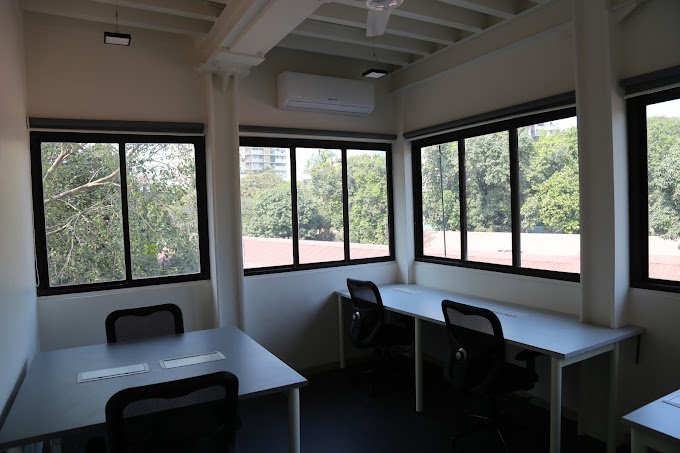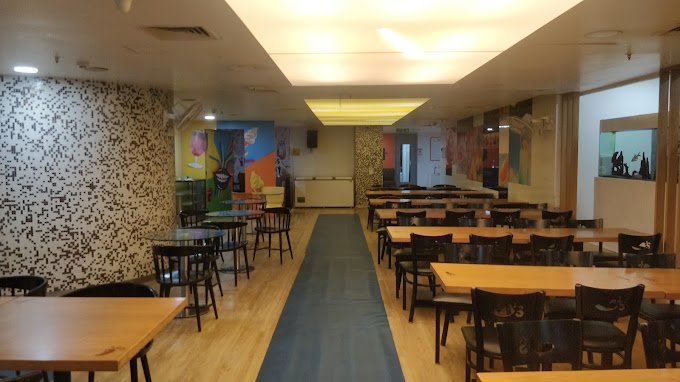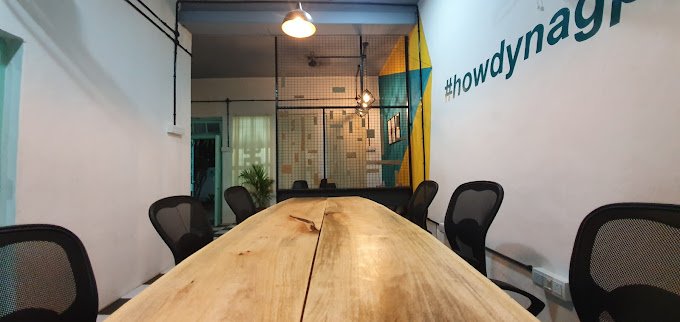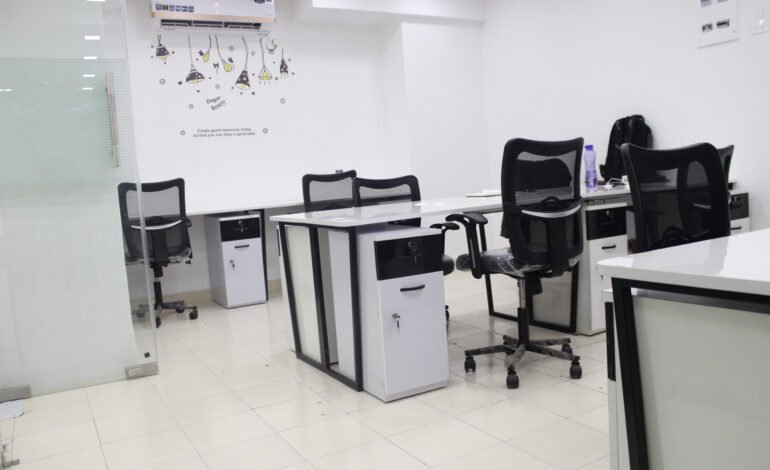Best Virtual Office Solutions in Delhi NCR
Best virtual office services is crucial for enhancing your company’s presence and operational efficiency. The Office Spectrum stands out as a leader in delivering tailored virtual office solutions that align with your business goals.
Why Choose The Office Spectrum?
- Best Virtual Office in Delhi NCR: Gain access to prime virtual office addresses that enhance your corporate image and credibility in Delhi NCR.
- Professional Services: As a leading virtual office company in Delhi, we offer comprehensive solutions including virtual office space, addresses, and support services tailored to your needs.
- Affordable Pricing: Discover the cheapest virtual office in Delhi without compromising on quality or professionalism.
- GST Registration Support: Secure your business with our virtual office for GST registration in Delhi, ensuring compliance and convenience.
- Flexible Options: Choose from a range of virtual office packages designed to fit your budget and operational requirements.
Virtual Office Solutions in Delhi NCR
Virtual offices play a pivotal role in today’s business environment by offering:
- Scalability: Easily expand or scale down operations with flexible virtual office solutions in Delhi NCR.
- Cost Efficiency: Save on overhead costs associated with traditional offices while maintaining a professional business address.
- Business Continuity: Ensure uninterrupted operations with a virtual office in Delhi NCR, ideal for remote work and crisis management.
Why Virtual Offices Matter
Virtual offices are more than just a cost-effective solution; they signify a strategic approach to modern business management. By choosing The Office Spectrum, you benefit from:
- Expertise: Decades of experience in providing virtual office solutions in Delhi NCR, ensuring reliable service and client satisfaction.
- Customization: Tailored virtual office packages that meet specific business needs, from virtual office space to address and administrative support.
- Client-Centric Approach: Our commitment to delivering the best virtual office services in Delhi NCR is reflected in our client testimonials and industry recognition.
Contact Us
Transform your business presence with The Office Spectrum’s best virtual office solutions in Delhi NCR. Contact us today at +91-9971714747 or email info@theofficespectrum.com to explore how we can elevate your business with prime virtual office addresses and competitive pricing.







